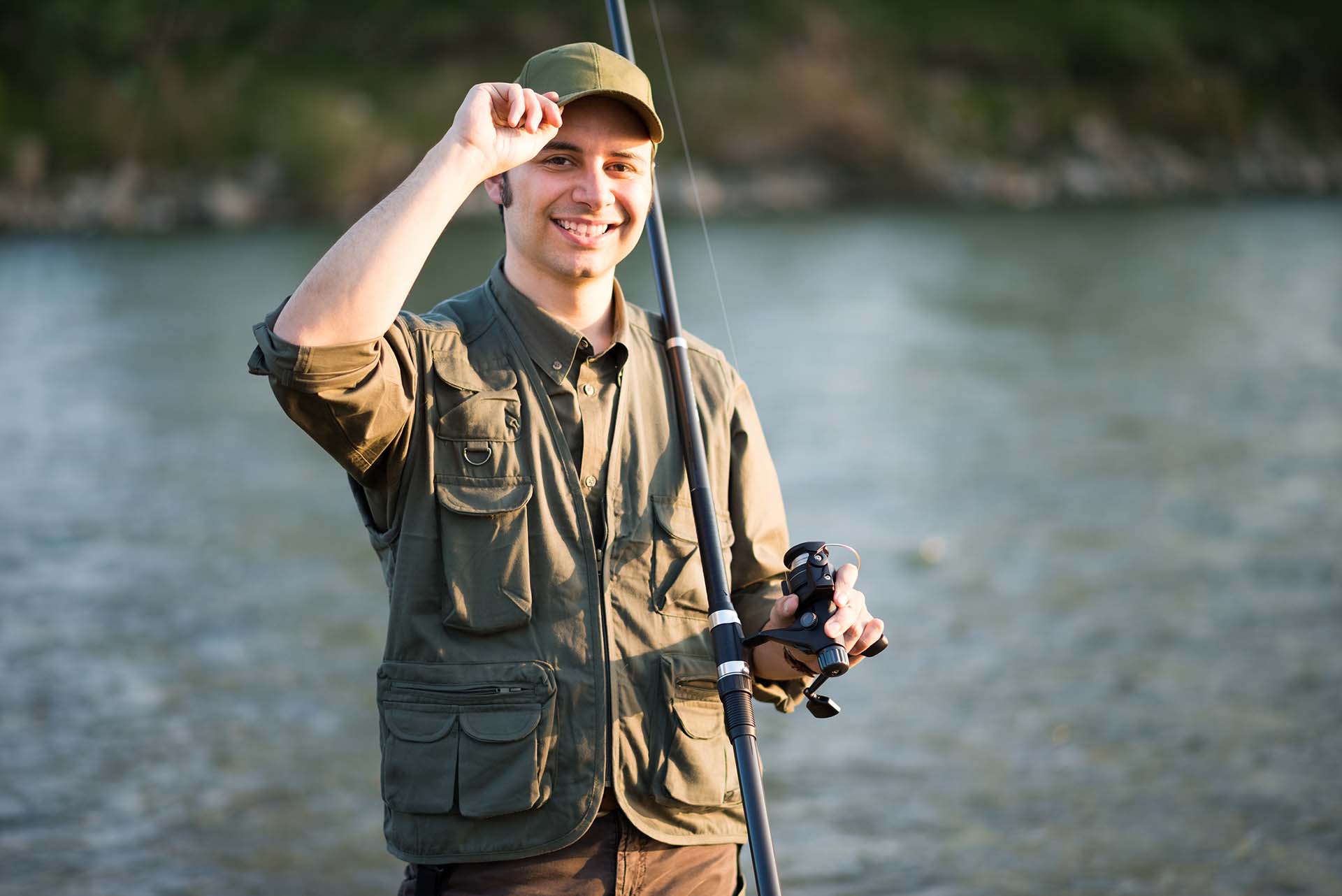Elevate your angling prowess with our in-depth guide on how to cast a fishing rod. Whether you’re a novice seeking casting basics or an experienced angler aiming to cast farther, this comprehensive resource covers everything. Join us as we delve into the intricacies of fishing techniques, gear maintenance, and the nuances of casting in different conditions. Let’s cast off into a world of improved skills and enhanced fishing experiences.
How to Cast a Fishing Rod?
To cast a fishing rod effectively, start by holding the rod with a relaxed grip. Position yourself perpendicular to the target, raise the pole overhead, and initiate the cast by transferring power from your hips and shoulders. Release the line smoothly, ensuring a fluid follow-through. Practice different casting techniques like the overhead cast, sidearm cast, roll cast, and flip and pitch to enhance your skills. Adjust your technique for various weather conditions, and remember, mastering the cast is a journey of patience and continuous improvement.
First Thing First – Understand the Basics of an Angling Rod
Before actually going into how to cast a fishing rod far, it’s crucial to grasp the fundamental components of a pole. At its core, this angling gear comprises key elements that synergize to create a seamless angling experience. The reel, a critical component, is the mechanical heart of the pole, responsible for deploying and retrieving the fishing line.
The line itself, typically made of materials like monofilament or braided lines, connects the reel to the lure, enabling the angler to engage with their target underwater world. Lures, on the other hand, come in an array of shapes and sizes, mimicking prey to entice the fish.
Casting Basics for Anglers – Explore Types of Angling Gear
Now, let’s explore the diverse realm of rods, each tailored to specific needs and angling styles. Spinning rods, recognized for their versatility, find favor among beginners, while baitcasting rods offer precision and control for more experienced anglers. Understanding the nuances of these rods and their specific casting methods, such as the smooth spin of the spinning rod or the targeted accuracy of the baitcasting pole, sets the stage for mastering the art of angling.
Also, don’t forget there’s the push-button fishing rod. It’s an excellent choice for beginners and those seeking user-friendly casting. The defining feature of these rods is a convenient push-button release on the reel, simplifying the casting process. To cast, simply press and hold the button, release it during the forward motion, and the line is deployed.
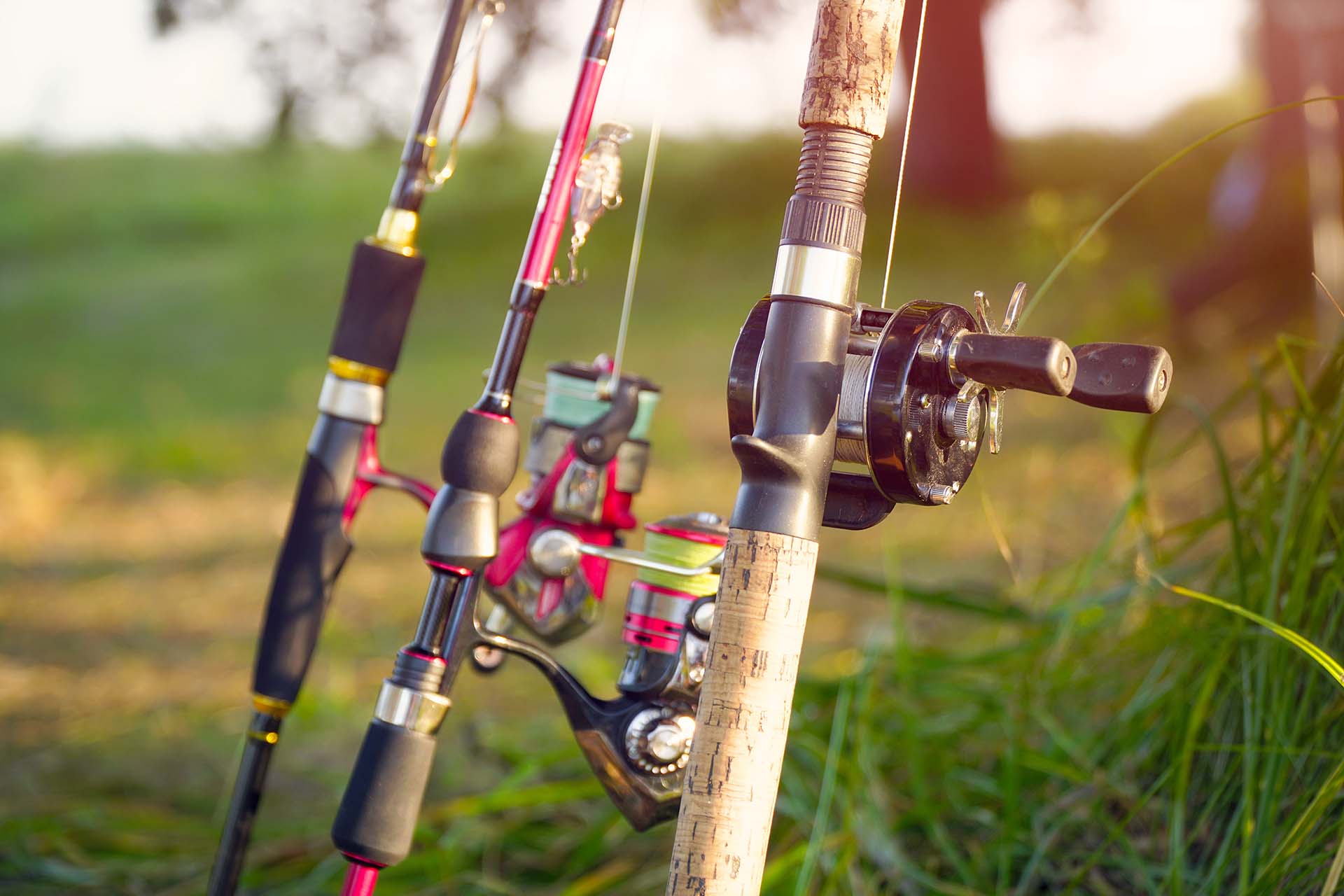
Fishing Rod Selection Guide – Choose the Perfect Gear for Your Needs
The success of any angling endeavor hinges upon the meticulous selection of the right rod and reel. The pole, tailored to your specific needs and the type of fishing you intend to pursue, determines the casting precision and overall effectiveness on the water. Coupled with the reel, it forms a symbiotic relationship that defines the success of your every cast.
One of the best beginner casting tips is to consider the factors such as power, action, and the targeted fish species. Once you’ve chosen the perfect gear, the next step involves setting up the pole. This entails attaching the reel securely to the rod, threading the line meticulously through the guides, and selecting the right bait or lure to entice your chosen quarry.
Safety Precautions to Consider Before Casting
Safety should always take center stage in any angler’s playbook, particularly before casting the line. It’s a venture into nature’s domain, and a mindful approach ensures not only the angler’s well-being but also the conservation of the environment.
Before each cast, take a moment to survey your surroundings. Ensure there’s ample space for your movements and that no obstacles or potential hazards lurk nearby. If fishing from a boat, be aware of your fellow anglers and maintain a safe distance to avoid entanglements.
Checking the weather forecast is another essential pre-casting ritual, as adverse conditions can impact both your safety and the effectiveness of your casts. It’s wise to wear appropriate clothing, including a hat and sunglasses to shield against the sun’s glare and potential flying hooks. Lastly, a quick inventory of your tackle box ensures that sharp tools are secure, minimizing the risk of accidents.
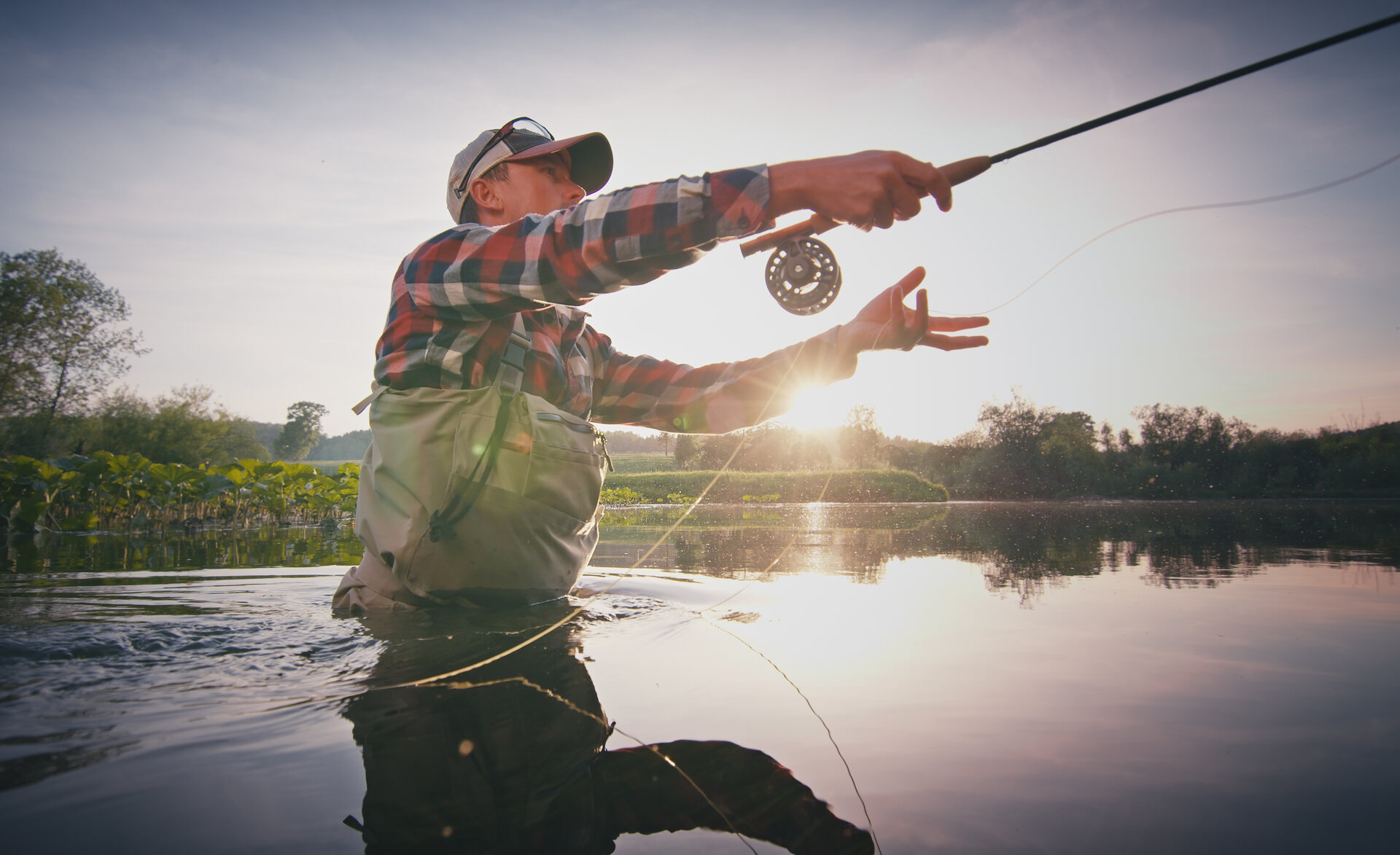
Casting Techniques – Mastering the Art of Precision and Fishing Rod Techniques
Now that we’ve laid the groundwork for understanding poles and preparing the perfect gear, it’s time to immerse ourselves in the art of casting. Whether you’re a novice seeking fundamental techniques on how to cast a fly fishing rod or an experienced angler aiming to refine your skills, this step-by-step guide is designed to elevate your casting proficiency.
Overhead Cast
The overhead cast stands as the foundation of an angler’s skill set, offering a versatile and fundamental technique for various angling scenarios. Begin by gripping the rod with a relaxed hand and positioning yourself perpendicular to your target. The key lies in a smooth, controlled motion as you raise the pole overhead, transferring power from your hips and shoulders.
A well-timed release of the line at the peak of the arc, accompanied by a fluid follow-through, ensures an accurate and efficient cast. This technique provides an excellent starting point for beginners and remains a staple for anglers seeking precision in their casts.
Sidearm Cast
When faced with low-hanging obstacles or a need for a more horizontal trajectory, the sidearm cast becomes the angler’s go-to technique. Adjusting your stance to be parallel to the water and holding the rod horizontally creates a casting motion that sweeps side-to-side. This lateral movement, powered by the rotation of hips and shoulders, allows for a controlled release of the line.
This technique proves particularly useful for navigating tight spaces and presenting lures with finesse. With practice, anglers can achieve a graceful and accurate casting motion, making it a valuable addition to their repertoire.
Roll Cast
In situations where traditional backcasting is impractical, the Roll Cast emerges as a reliable and efficient alternative. Start with the pole tip close to the water’s surface and initiate a circular sweep upstream, loading energy into the pole. The key to success lies in the smooth transition forward, allowing the line to roll across the water. This technique excels in tight spaces and scenarios where a backcast may be hindered.
Flip and Pitch Advanced Fishing Casts
Reserved for the seasoned angler, the Flip and pitch casts add a level of finesse and precision to your repertoire. Shortening your line for better control, hold the pole at a 45-degree angle with the water and lift it with a controlled motion. As you swing the pole towards your target, advanced anglers use their thumb on the spool (for baitcasting reels) to feather the line, controlling the lure’s descent with expertise.
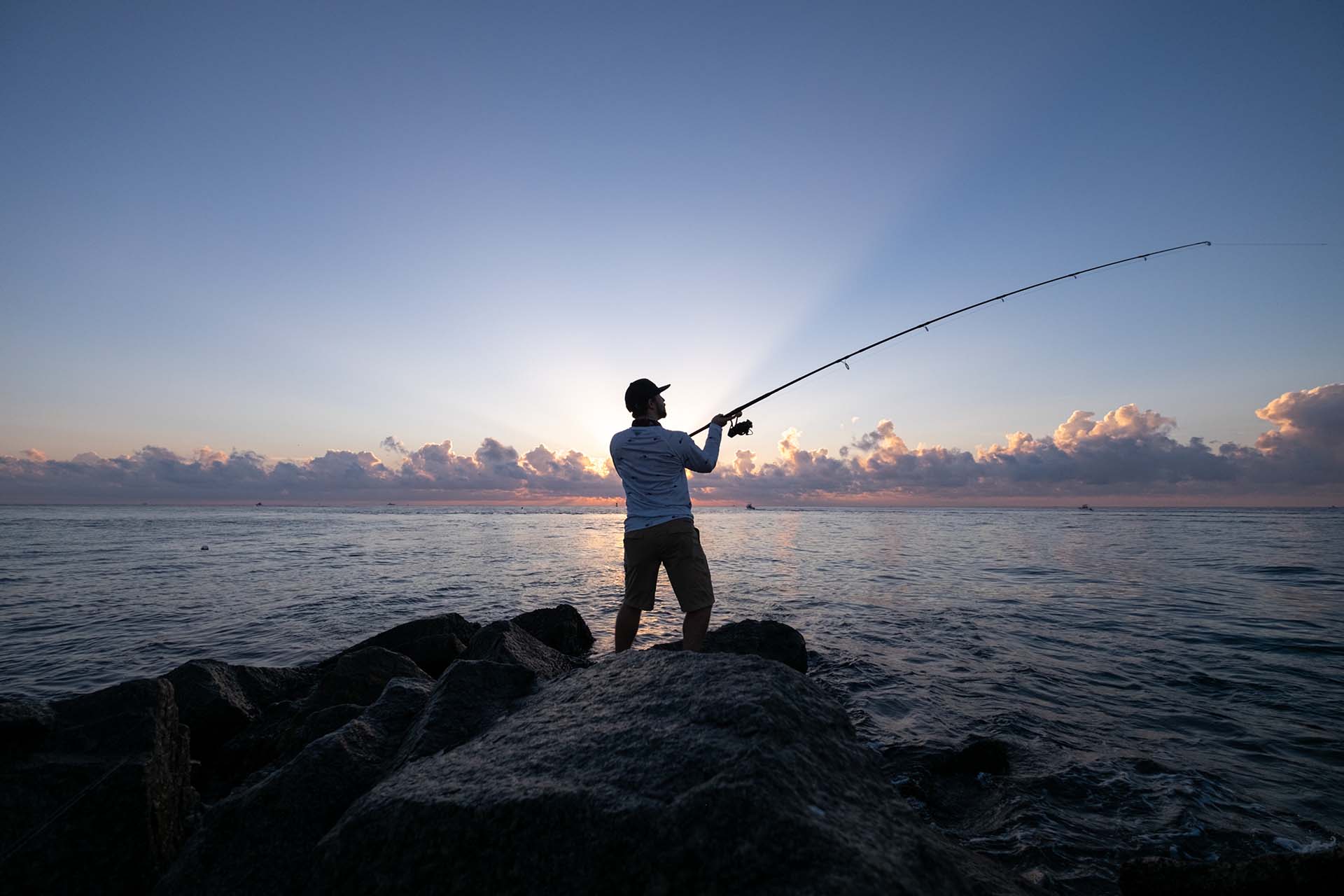
Acknowledge and Avoid Some of the Common Mistakes During Casting
Casting a perfect line is an art that combines skill, precision, and a deep understanding of your gear. However, even the most experienced anglers can fall prey to common mistakes that might compromise the effectiveness of their casts.
Being aware of these pitfalls is the first step towards refining your technique and ensuring a more successful experience at water. Below, we outline some of the most prevalent errors anglers encounter during casting and provide insights on how to avoid them, empowering you to cast with confidence and finesse.
Overpowering the Cast
Applying excessive force can lead to a loss of control and accuracy. Find a balance that maximizes power without sacrificing precision.
Incorrect Pole Position
Failing to maintain the proper pole position during the cast can result in tangled lines and diminished casting distance. Pay attention to the pole’s angle and trajectory.
Inadequate Release Timing
Timing is critical in casting. Releasing the line too early or too late can impact the trajectory of your cast. Practice the release to achieve optimal timing.
Ignoring Wind Conditions
Neglecting the impact of wind can lead to inaccurate casts. Adjust your technique based on wind direction and intensity to maintain control.
Poor Lure Placement
Inaccurate placement of the lure can decrease the chances of enticing a strike. Focus on precision and target the desired area with each cast.
Neglecting Pole and Reel Maintenance
A well-maintained pole and reel are crucial for smooth casting. Regularly clean and inspect your gear to avoid performance issues during angling sessions.
Apply Some Advanced Casting Tips for the Best Experience on the Water
Elevating your casting prowess to the next level involves mastering techniques on how to cast a fishing rod without a button. Advanced anglers understand the nuanced interplay between the rod, reel, and line, employing techniques that maximize both distance and precision. Improving casting distance entails focusing on loading the rod efficiently during the backswing and releasing the energy in a controlled forward motion.
Implementing a smooth and gradual acceleration, rather than a sudden jerk, optimizes your casting power. Additionally, accuracy becomes an art when advanced anglers adapt their casts to diverse weather and water conditions. Accounting for variables such as wind speed, direction, and water clarity, they tweak their techniques to maintain control and effectively present their lures. By fine-tuning these advanced tips, anglers can cast with unparalleled proficiency, increasing their chances of a successful and rewarding experience.

Proactive Fishing Gear Maintenance for Prolonged Delight at Water
Proper fishing rod care stands as a pillar in the maintenance ritual, safeguarding your gear against the wear and tear of each angling expedition. After every use, gently rinse your pole with fresh water to remove salt and debris, paying special attention to guides and reel seats. Store your pole in a cool, dry place, preferably horizontally to prevent warping. Equally crucial is knowing when to replace the fishing line or initiate repairs.
A frayed or weakened line compromises casting efficiency, and a damaged pole can lead to catastrophic failures when under stress. Regularly inspect the condition of your fishing line, replacing it when signs of wear appear. If your pole exhibits structural issues such as fractures or bent guides, prompt attention and professional repairs are essential. By adopting a proactive approach to maintenance and timely repairs, you not only preserve the integrity of your fishing gear but also ensure each cast is met with the reliability and precision it deserves.
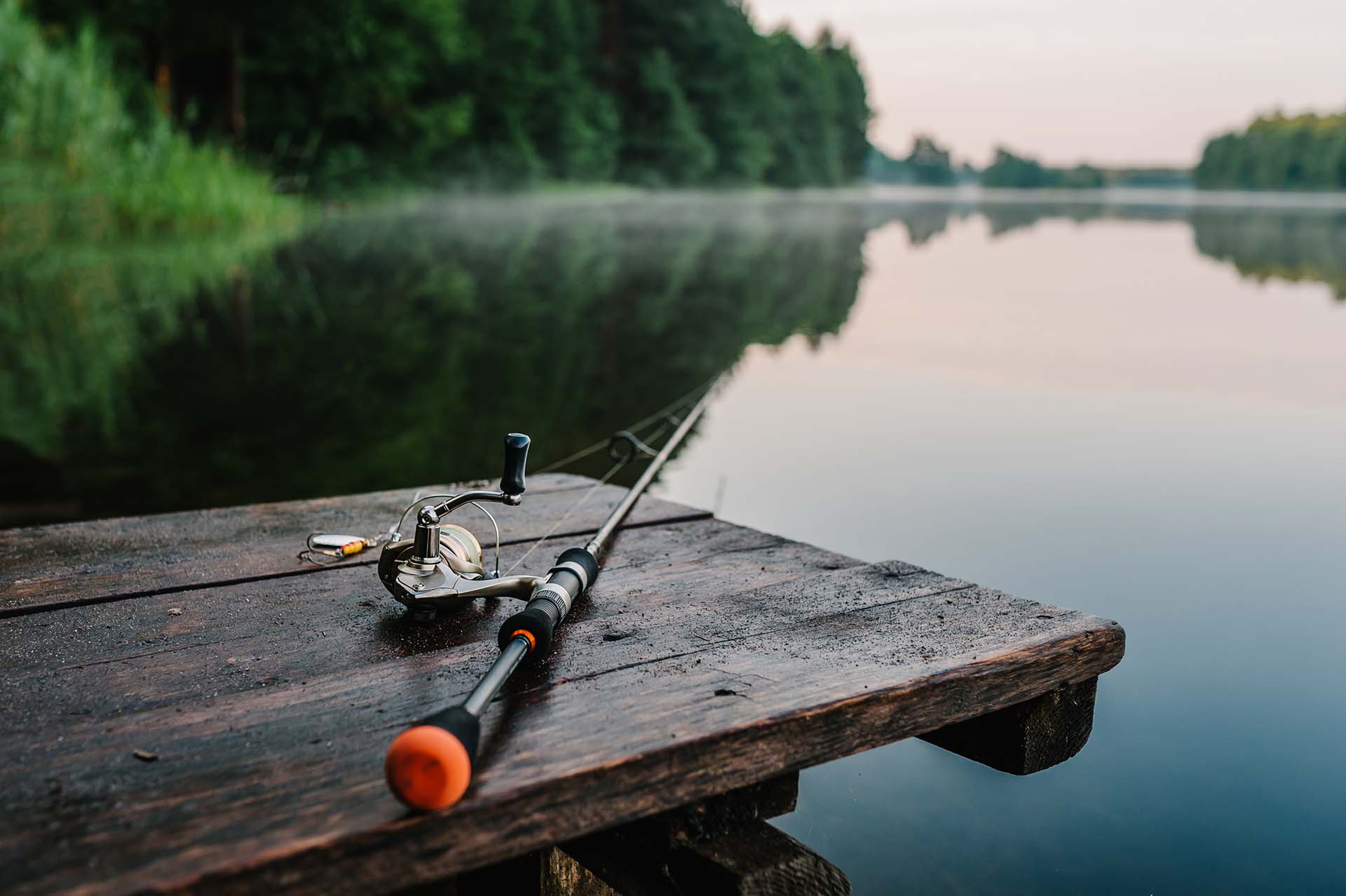
Mastering the Cast for Endless Adventures
As you cast into the waters, consider the safety precautions, acknowledge common mistakes, and embrace the art of proactive maintenance. Through patience, practice, and a commitment to continuous fishing skill development, you’ll not only preserve the integrity of your gear but also ensure that each cast is met with the reliability and precision it deserves. May your future angling endeavors be marked by the joy of skillful casting and the countless rewards that the world of fishing has to offer.


